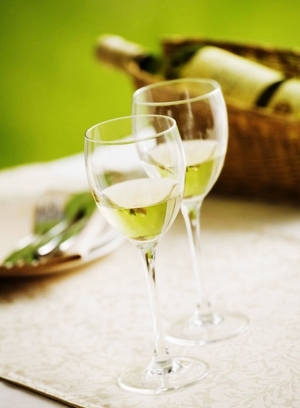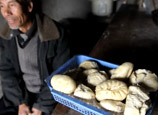
 |
| (File photo) |
In Asia one of the most interesting and challenging cuisines to pair with wines is Japanese cuisine. When done properly the results are outstanding, but the process can be fraught with danger.
Modern day Japanese cuisine is the product of thousands of years of foreign exposure along with prolonged periods of isolation. Early migrations from the Yangtze River Delta in China and the Korean Peninsula first brought rice to Japan about 2,400 years ago. Rice soon became the staple food of Japan. Soy beans were also introduced from China.
Another profound influence on Japanese culinary history is Buddhism. In AD 675, the Emperor Temmu issued a decree outlawing the consumption of most meats. The only exceptions were wild deer and boars that were still hunted in the mountains. Like Buddhism, the indigenous Shinto religion also frowned on eating meat. Emperors in the 8th and 9th centuries continued to issue decrees outlawing the consumption of meat. Vegetables, soy bean-based products like tofu as well as the bounty from the sea formed the cornerstones of Japanese cuisine for centuries.
Starting in the 16th century Japan started to emerge from a long period of isolation, engaging in trade with Portuguese and Dutch merchants who periodically visited the islands. Trade was still nascent but one of its biggest influences was on Japanese cuisine. Sugar and corn were introduced as well as new cooking techniques that resulted in tempura and croquettes.
Curry was introduced to Japan during the Meiji era (1868-1912) by the British who brought it from their Indian colony. As with other foreign foods, the Japanese slightly modified the styles and made them their own.
The historic importance of freshness, minimalism and presentation continue to be important and these ideals have in turn greatly influenced other great culinary cultures, including the French.
Wine and Japanese cuisine
The geographic and seasonal variations of Japanese cuisine demand more than one wine solution. Thankfully, the great diversity of wine styles means there's a good wine pairing for almost every popular Japanese dish.

















 Going back home: A standing journey
Going back home: A standing journey


![]()
